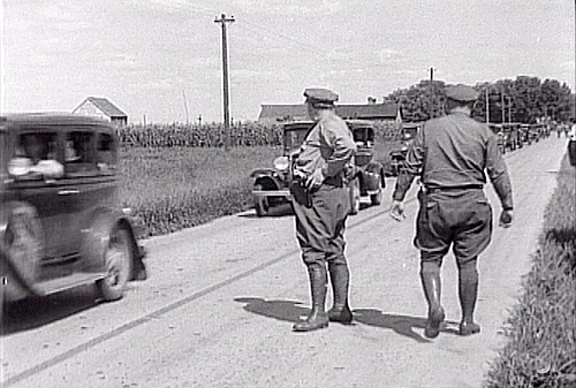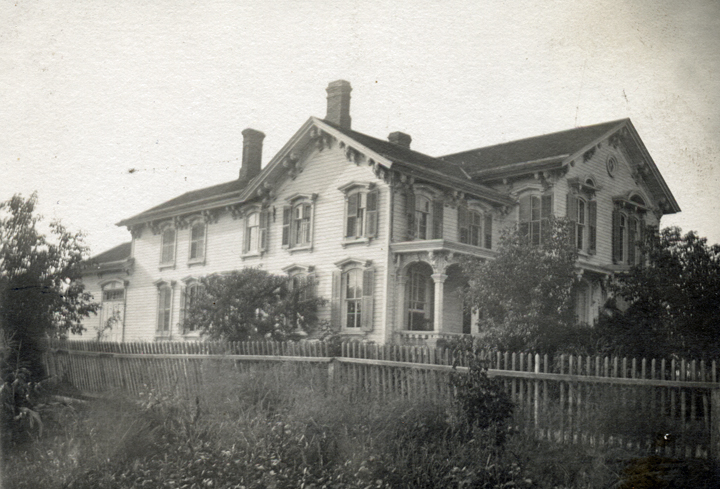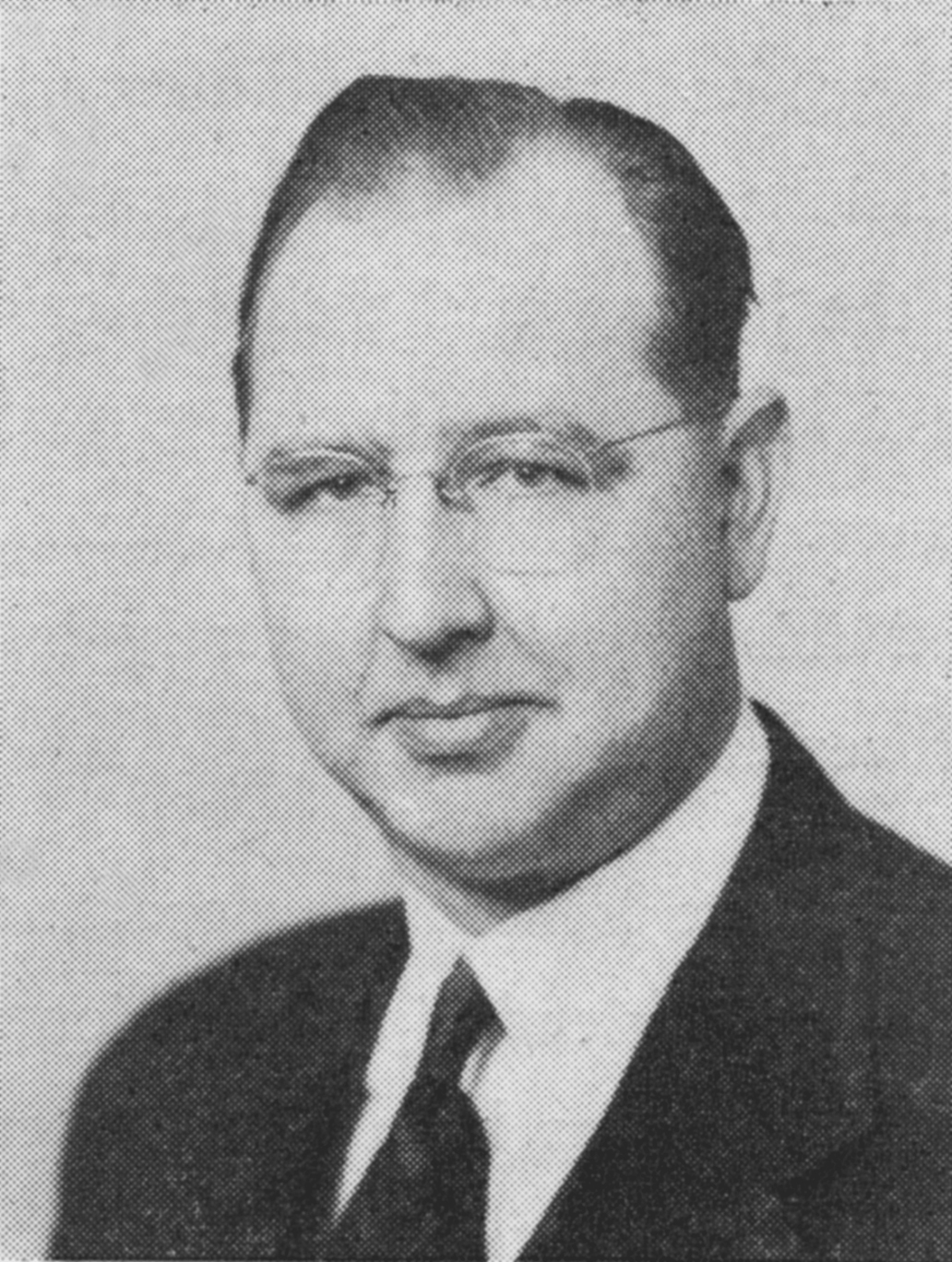Although you wouldn’t know it from the coverage it gets in the news, the rate of violent crime in the U.S. as reported to the FBI is actually down significantly from what it was 20 years ago. The caveat is, of course, that the murder rate during the Covid pandemic has gone up in certain areas, but overall violent crime has been on a steady decline.
According to the latest statistics compiled and released by the Federal Bureau of Investigation, in 1991, there were an average of 758.2 violent crimes committed for every 100,000 people in the U.S. In 2019, the last year for which statistics have been compiles, there were an average of 366.7 violent crimes committed in the U.S. for every 100,000 residents.
The reasons for the steady decrease in violent crime seem to be many and controversial. One of the most interesting is the theory that lead levels in the atmosphere all over the country due to lead in gasoline was responsible for the crime increase to begin with. The decline in crime began a few years after leaded gasoline was banned in the U.S.
The folks over at Wikipedia have a good, concise entry on the theory, the nut of the piece being: “Individuals exposed to lead at young ages are more vulnerable to learning disabilities, decreased I.Q., attention deficit hyperactivity disorder, and problems with impulse control, all of which may be negatively impacting decision making and leading to the commission of more crimes as these children reach adulthood, especially violent crimes. No safe level of lead in the human bloodstream exists given that any amount can contribute to deleterious health issues.”
Not that leaded gasoline was responsible for all the nation’s past crimes, of course. One of the worst crime waves to strike the country took place in the 1920s and 1930s as well-armed gangs used the new mobility conferred by a combination of fast, dependable automobiles and ever-better roads robbed banks, businesses, and even individuals all over the country.

Here in Kendall County, for instance, back in November 1933, Oswego dentist Dr. Sheldon Bell and his wife were motoring along what is today U.S. Route 30 between Plainfield and Aurora when a pair of road agents held them up. As the Kendall County Record reported on Nov. 8: “Dr. Sheldon F. Bell was one of the victims of the bandits during the 10 holdups in Kane and Kendall counties on Wednesday evening, Nov. 1. He was robbed of about seventeen dollars on Route 22 near Normantown. Dr. Bell was accompanied by his wife, who was not molested. All the robbers wanted was money, rejecting the bill fold and the papers it contained.”
Previously, Kendall County had suffered a plague of bank robberies, thefts, and bootlegging that was all reported in the local press, a situation that would continue until World War II calmed things down considerably. The Dillinger and Ma Barker gangs frequented the area and Al Capone’s illegal bootlegging operations favored our mostly rural county, even after Prohibition ended. One of John Dillinger’s gang, killed in a shootout in Minnesota, was even secretly buried by the gang just outside Oswego.
During that era, local law enforcement, especially in rural areas, was spotty to nonexistent. The Illinois State Police had been established in 1922 with eight officers using World War I surplus motorcycles to enforce state traffic laws, but even 10 years later, confronting organized, well-armed gangs was mostly beyond their capabilities. In October 1929, for instance, a criminal gang cut the telephone wires into and then blocked the roads into and out of the small Kendall County hamlet of Millbrook while they blew the safe in the Millbrook Bank, getting away with several hundred dollars. The situation was so bad that the Illinois Bankers Association established their own corps of bank guards.
While that and a lot of other truly fascinating local historical crime stories came out of that era, one of the most interesting really didn’t come to light until the dawn of the 21st Century, several decades after it occurred. Interestingly enough, the incident happened the same year Dr. Bell and his wife were held up.
It started this way: During the night of April 19, 1933, someone broke into the Illinois National Guard Armory in the tiny unincorporated Kendall County community of Plattville. Local, state, and national law enforcement and military officials were alarmed because taken was a virtual armory of four Browning Automatic Rifles (nicknamed with its initials, the BAR), along with 11 Colt M1911 .45 cal. automatic pistols and several hundred rounds of ammunition.

The semi-automatic pistols, the standard .45 cal. U.S. Army sidearm, featured a 9-round box magazine, were heavy, rugged, and extremely dependable. The BARs were powerful, fully automatic weapons that served the U.S. Army as well as the National Guard as their standard squad automatic weapon. Each eight-man squad was generally equipped with one BAR to augment the firepower of the rest of the squad’s Springfield M1903 bolt-action rifles that were standard equipment during those pre-World War II days. Both the BAR and the Springfield rifles were chambered for the powerful .30-06 cartridge.
Plattville was the smallest community in the nation to boast its own National Guard Armory, the base for Company E of the 129th Illinois Infantry Regiment. The armory had been the brainchild of Kendall County resident Charles G. “Timmy” Howell, who commanded it, holding the rank of captain.
The armory was built with community donations and labor and through the pay it provided, Company E provided badly needed cash for more than 100 young men, mostly farm boys, during the dark years of the Great Depression. It also provided valuable training for those young men, most of whom would go on to fight their way through the island hopping campaigns in the Pacific during World War II.
But given its location in a sleepy farming community, the security provided for Company E’s arms and ammunition was simply not up to the task of fending off the new breed of mobile criminals that had lately blossomed.
As soon as the theft was reported law enforcement and military officials alike, began worrying about who, exactly, had taken the guns and why.
Word got around via the neighborhood telegraph while officials did their best to downplay the theft. They did such a good job minimizing it, in fact, that 60 years later, no one had an inkling such a thing had ever happened. As an example, in an oddly naive, but apparently serious, comment, the editor of the Kendall County Record remarked in the paper’s May 3 edition: “Hope the person who stole the four [BARs] from the armory is honest; we’d hate to face these guns in the hands of a crook.”
We can only hope he was prepared to be disappointed, because after a spectacular July 20 shootout between the notorious Barrow Gang—the Bonnie and Clyde and associates made so famous in subsequent movies—and law enforcement officers just outside Kansas City, Mo., some of the BARs and pistols were recovered from the motel rooms the gang had occupied.
The Barrow Gang, made famous to a new generation in Arthur Penn’s 1967 film, “Bonnie and Clyde,” was one of the most violent of the criminal groups afflicting the Midwest during the lawless 1920s and 1930s.

Clyde Barrow was the leader of the gang, with his girlfriend Bonnie Parker (Parker was married to another man who was in jail at the time). Besides Bonnie and Clyde, Clyde’s brother, Melvin “Buck” Parker, and Buck’s wife, Blanche, along with C.W. Jones comprised the most consistent members of the gang. They were occasionally joined by Henry Methvin, Raymond Hamilton, Joe Palmer, and Ralph Fults.
Although the gang garnered a lot of attention thanks to Bonnie and Clyde’s knack for publicizing themselves, they were mostly notable for the short period of time during which they were active, a period that only ran from 1932 to 1934, not to mention their extreme violence.
Early on, the gang primarily engaged in small business hold-ups, but then decided to add bank robbery to their repertoire. The Barrow Gang was notorious among law enforcement for its ferocious counter-attacks whenever confronted by authorities. The BAR was Clyde Barrow’s weapon of choice, something that easily out-gunned the revolvers and shotguns of most lawmen of the era. Although limited to 20-round detachable magazines, the BAR on full automatic could fire more than 500 rounds a minute. John Browning invented the weapon for U.S. troops during World War I, where it proved extremely effective, with its relatively light weight, mobility, high rate of fire, and long range—the BAR was accurate up to 1,500 yards and had a maximum range of nearly three miles. It could also be loaded with armor-piercing rounds, something else Barrow favored.
The automatic weapon with which most law enforcement agencies of the era were armed was the Thompson Submachine Gun—the famed Tommy Gun. The Thompson, however, while having a faster rate of fire than the BAR, fired the same cartridge as the .45 cal. pistol, and had an effective range of only 170 yards or so.
On April 13, 1933, when police officers raided the apartment in Joplin, Mo., where Bonnie, Clyde, Buck, Blanche, and W.D. Jones were hiding out after a four-month crime spree, they thought they were raiding a bootlegging operation, which is what suspicious neighbors had reported. But when they confronted the gang, the police were caught by surprise as the Barrow gang opened up with a vicious barrage of automatic weapons fire, killing Constable John Harryman and police officer Harry McGinnis. Although the gang escaped, they were forced by the gunfight to leave most of their belongings and weapons behind.

Six days later, the Platteville National Guard Armory was raided and the four BARs, 11 Colt .45 automatic pistols and hundreds of rounds of ammunition were stolen. A week or so later, the gang hit a bank in Indiana.
During the next two and a half months, the Barrow Gang continued its wide-ranging campaign of lawlessness in Indiana, Minnesota, Iowa, Texas, Arkansas, and Missouri as they sped from crime scene to crime scene using the Ford V-8 autos Clyde favored.
In 1934, in fact, Clyde (who had worked as a mechanic before taking up outlawry) wrote to Henry Ford congratulating him on his Ford autos and their V-8 engines: “While I still have got breath in my lungs I will tell you what a dandy car you make. I have drove Fords exclusively when I could get away with one. For sustained speed and freedom from trouble the Ford has got every other car skinned and even if my business hasn’t been strictly legal it don’t hurt anything to tell you what a fine car you got in the V-8.”
On July 20, 1933, the gang decided to find someplace to lay low, choosing the Red Crown Tourist Court in Platte County, Mo., just outside Kansas City. But their suspicious behavior caused people in the neighborhood to call the authorities.

This time the police showed up in force armed with submachine guns, a car that had been armored, plus a mobile plate steel bulletproof shield. The armored sedan pulled up to block the garage door behind which the gang’s car was parked, and Sheriff Holt Coffee rapped on the door of one of the two tourist cabins the gang occupied, demanding they come out. No dummy, he immediately ducked behind the steel shield.
Clyde, Buck, and Jones instantly replied with a withering fusillade of BAR fire, literally driving Coffee’s heavy steel shield backwards, although it proved proof against Clyde’s armor-piercing ammunition. The gang also shot up the armored car, this time their armor-piercing .30-06 rounds perforating the car’s light armor, and wounding the driver who backed up to get out of the line of fire, allowing the gang to escape. But both Buck and Blanche Barrow were seriously wounded. Amazingly, none of the dozens of spectators who had gathered to watch, nor any of the police officers were badly injured in the furious gun battle.
It took a while for the Feds to identify and trace all the weapons and other materials they found in the gang’s motel rooms, but on Oct. 19, 1933, FBI Agent J.J. Keating of the bureau’s Chicago office wrote to his superiors: “Will consult commander of Company E, 129th Infantry, Illinois National Guard, with respect to the loss of the Colt 45 pistols, and Browning automatic rifles mentioned in report of Special Agent Dwight Brantley, 9/1/33, Washington, D.C., and inform him that said firearms were taken from the Barrow gang and are in possession of the Kansas City office of this division.”
Presumably, the weapons were later returned to Company E and, hopefully, better secured from being pilfered by passing bandits. And there the matter largely rested until 2003 when Winston Ramsey, editor-in-chief of a World War II history magazine based in England, traveled to the U.S. while researching his book, On the Trail of Bonnie and Clyde Then and Now chronicling the days of Bonnie and Clyde, visiting places the notorious couple frequented during their crime spree.
Ramsey contacted reporter Tony Scott at the Kendall County Record concerning reports he had obtained that the Plattville Armory had been robbed of weapons and ammunition by Bonnie and Clyde, something that no one in the community recalled—or at least would admit to recalling. But then in 2011, Agent Keating’s letter became public, and Tony revisited the story in a couple articles. And by then I’d been working on transcribing the Record’s “Oswego” news columns, along with other news items that sounded interesting. One of those was the Record’s editor writing about the theft of weapons from the Plattville Armory in the paper’s April 26 edition and a follow-up the next week, May 3, 1933.
Granted, there’s no physical evidence the Barrow Gang were responsible for stealing the weapons from the Plattville Armory. And the question of how the gang would have known about the Plattville Armory still raises a few doubts.
But in the book Blanche Barrow wrote about her harrowing adventures with the gang, she said that Clyde and W.D. Jones robbed the Plattville Armory. At least three other books on the gang repeat the same story. And it is a fact that the FBI recovered many of the stolen weapons after the Red Crown shoot-out in Missouri, so the gang certainly had them in their possession.

Would the theft have made sense in terms of opportunity? The gang was in the Joplin, Mo. shootout on April 13, where they lost a lot of their arms and ammunition. They then attempted a bank robbery at the Lucerne State Bank in Lucerne Indiana on May 12. The Plattville robbery took place the night of April 19-20, and Plattville is sort of right in between Joplin and that Indiana bank. Given Clyde’s love of long-distance high-speed driving taking random zigzag routes, it’s certainly possible—maybe even probable—Clyde and W.D. Jones really were the ones who stole all those weapons in the middle of his gang’s crime spree. Which leaves the question of how the gang knew about the Plattville Armory in the tiny rural community unanswered.
In any case, Bonnie and Clyde’s criminal spree came to a violent end a year later. On May 23, 1934, lawmen, taking no chances with the pair’s habit of replying with overwhelming firepower, set up an ambush in rural Bienville Parish, Louisiana, and riddled Clyde’s car with more than 130 rounds of shotgun, rifle, and pistol fire, killing both of the outlaws. Federal authorities said the pair and their gang was responsible for at least 13 murders and robberies and burglaries too numerous to count.
In retrospect, local officials did a pretty good job consigning the Barrow Gang’s Plattville Armory robbery to the memory hole. But like most history, it eventually floated to the surface once again, assuring at least a footnote in the story of one of the most violent crime sprees the Midwest has ever seen.





































